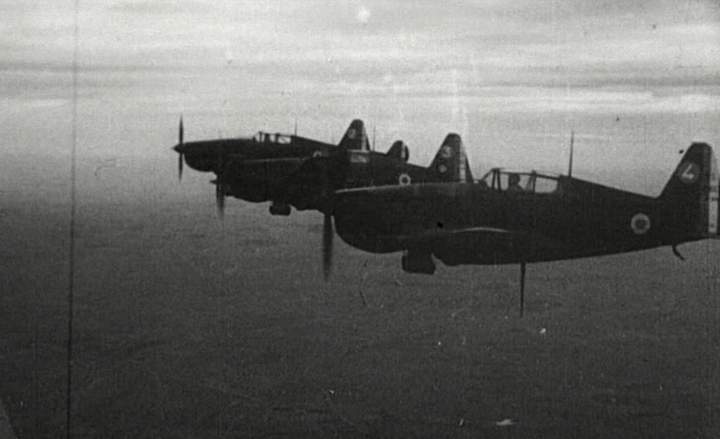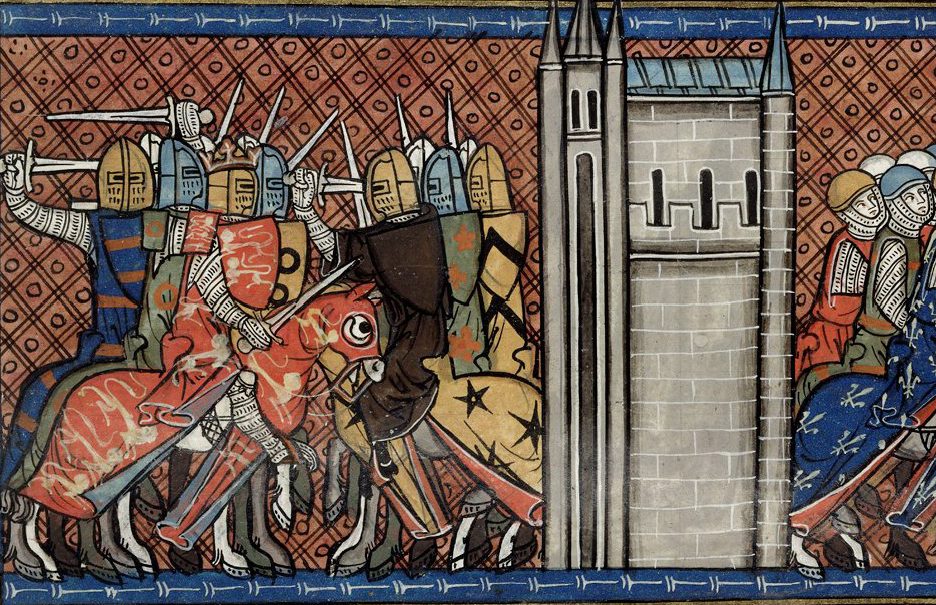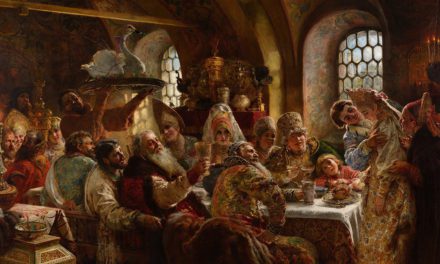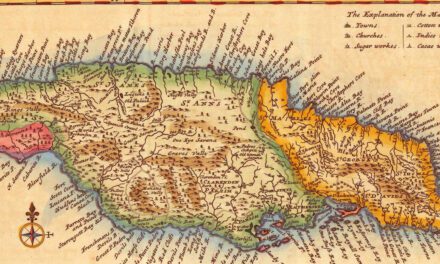History Guild General History Quiz 103
See how your history knowledge stacks up!
Want to know more about any of the questions? Once you’ve finished the quiz click here to learn more.
Have an idea for a question? Suggest it here and we’ll include it in a future quiz!
The stories behind the questions
1. Which British monarch accepted Magna Carta?
John I – Magna Carta is a royal charter of rights agreed to by King John of England at Runnymede in 1215. It was drafted by Archbishop of Canterbury Stephen Langton to make peace between the unpopular king and a group of rebel barons. It promised the protection of church rights, protection for the barons from illegal imprisonment, access to swift justice, and limitations on feudal payments to the Crown, to be implemented through a council of 25 barons. Neither side stood behind their commitments, and the charter was annulled by Pope Innocent III, leading to the First Barons’ War.
2. Which disease has killed the most humans throughout history?
Tuberculosis – It has killed over 1 billion people in the last 200 years alone. See how the biggest killers compare here.
3. When did humans first settle in the Caribbean Islands?
6,000 BCE – The Caribbean islands were occupied by humans over a long period, beginning with Trinidad, which is close to the South American coast, around 6,000 BCE. The most recent island to be occupied was Jamaica, with people first arriving there around 600 CE. Read more about how the Caribbean was first settled by humans.
4. Which 1500’s city is this?

Paris – This map, created by Georg Braun & Frans Hogenberg in 1572 is oriented with east at the top.
Paris began as a small settlement on an island in the Seine, named Lutetia, by the Gallii Parisii. This island, seen at the centre of the map, controlled the trade in the region both along the river and via the north-south roads crossing the island. Paris grew through successive periods, with walls, citadels, and forts added through a series of expansions. The Bastille is shown at the upper centre of the engraving and the Cathedral of Notre Dame is on the eastern end of on the island.
5. In what year did the highland clearances begin?
1745 – Read more about the highland clearances here.
6. How long did France continue to fight against Germany after the Dunkirk evacuation?
20 days – Read More: WHAT HAPPENED TO THE FRENCH ARMY AFTER DUNKIRK?
7. In an ancient battle which type of unit would be deployed to defeat cavalry?
Spearmen or Pikemen – Tightly packed units of pikemen or spearmen are the best force to counter cavalry. If the cavalry charge they are impaled upon the hedge of spears before they can reach the the soldiers to cut them down. The spear or pike also provides the soldier the reach to stab or knock the cavalryman from his mount.
If you want to know how to defeat pikemen click here.
8. Which two European countries have previously ruled Tanzania?
Germany and Britain – In the late 19th century, Germany conquered the regions that are now Tanzania (minus Zanzibar) and incorporated them into German East Africa. They occupied this until the end of WW1, when Britain took control of what now became the colony of Tanganyika, which became independent in 1961. In 1964 Tanganyika merged with Zanzibar to become Tanzania.
9. What aircraft is this?

Morane-Saulnier M.S.406 – It was France’s most numerous fighter during the Second World War. It was capable of holding its own during the early stages of the war, achieving 191 confirmed victories, along with another 83 probable victories, compared to it’s losses in combat of 150.
10. When was the first successful radio controlled device developed
1898 – At an exhibition at Madison Square Garden, Nikola Tesla demonstrated a small unmanned boat that used a coherer based radio control.





